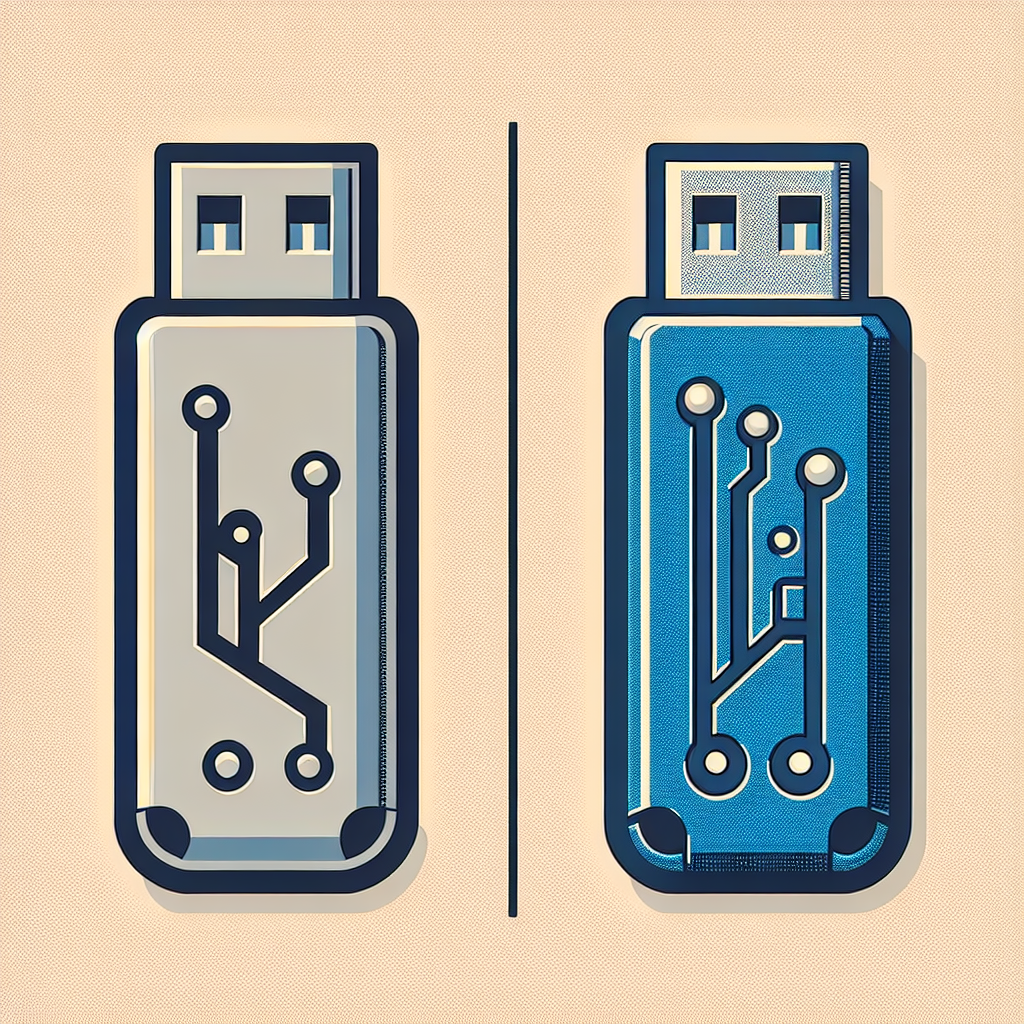Your cart is currently empty!
USB 3.0 vs. USB 2.0: What’s the Difference?

In today’s technology-driven world, USB (Universal Serial Bus) ports are essential for connecting various devices to our computers. The most common types of USB ports are USB 2.0 and USB 3.0. While they may look similar, there are significant differences between the two that can impact the speed and performance of your devices.
USB 2.0, which was introduced in 2000, is the older of the two standards. It has a maximum data transfer rate of 480 Mbps (megabits per second) and is suitable for connecting devices such as keyboards, mice, and printers. However, as technology has advanced, the need for faster data transfer speeds has become increasingly important.
Enter USB 3.0, which was introduced in 2008. This newer standard offers a maximum data transfer rate of 5 Gbps (gigabits per second), making it up to 10 times faster than USB 2.0. This increased speed is especially beneficial for transferring large files, such as videos and photos, or for connecting external hard drives and solid-state drives.
One of the key differences between USB 2.0 and USB 3.0 is the color of the ports. USB 2.0 ports are typically black, while USB 3.0 ports are blue. This color-coding can help you easily identify which type of port you are using on your computer.
In addition to speed, USB 3.0 also offers improved power management, allowing devices to draw more power from the port without the need for an external power source. This can be useful for charging devices such as smartphones and tablets, as well as powering external hard drives.
While USB 3.0 offers significant advantages over USB 2.0, it is important to note that not all devices are compatible with the newer standard. Some older devices may only be compatible with USB 2.0 ports, so it is important to check the specifications of your devices before making the switch.
In conclusion, the main difference between USB 2.0 and USB 3.0 is speed. USB 3.0 offers faster data transfer rates and improved power management, making it the preferred choice for connecting high-speed devices. However, compatibility with older devices may be a consideration when deciding which standard to use. Ultimately, the choice between USB 2.0 and USB 3.0 will depend on your specific needs and the devices you plan to connect to your computer.

Leave a Reply